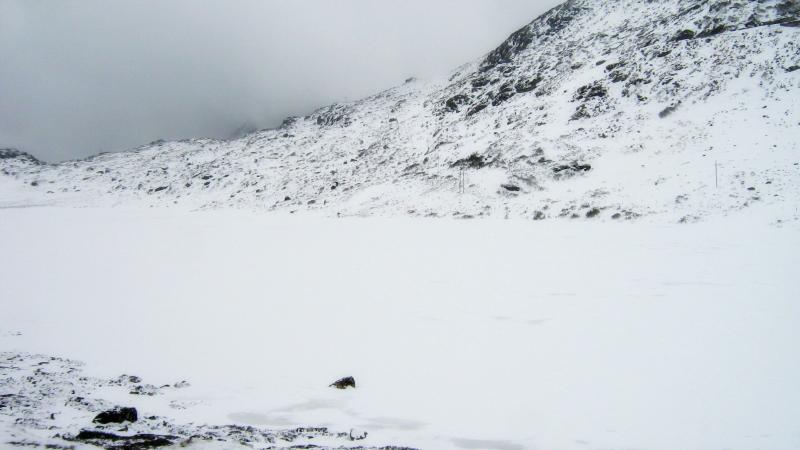
Scientists from Centre for Glaciology, Wadia Institute of Himalayan Geology, Dehradun, Wilfrid Laurier University, Waterloo, Canada, Chhattisgarh Council of Science and Technology, Raipur and National Centre for Antarctic and Ocean Research, Goa studying the surge-type glaciers in Karakoram have noticed irregular behaviour among some of the glaciers in Karakoram. They have now carried out a comprehensive study to try and answer some of the anomalies.
Glaciers are persistent bodies of dense ice, forming the largest reservoir of fresh water on Earth. Mostly confined to the polar regions of our planet, pockets of glaciers are also found in the Andes, Rocky Mountains, parts of East Africa, and more locally in the Himalayas. Glaciers, much like other bodies of fresh water, flow, but at an incredibly slow pace compared to their liquid counterparts, sometimes moving only around 3 feet per day.
Surging is phenomenon where a glacier flows at a much higher pace, compared to normal and can persist for a few month or even several years. Glaciers exhibiting periodic surges are usually referred to as surge-type glaciers. The Karakoram mountain range spanning India, China and Pakistan is home to the highest concentration of surge-type glaciers. The glaciers here are known for irregular ice movement with little or no synchrony to neighboring, similar ice masses. Although surging has been attributed to internal conditions of the individual glaciers, the reasons for these irregularities and anomalies as well the exact cause for the surges are yet to be understood.
In their study, the scientists from NCAOR conducting a comprehensive mapping of the surge-type glaciers and the impact due to surges based on satellite imagery (Landsat and ASTER), ground observations and archival material since 1840s. The study identified 221 surge-type glaciers in the region covering a total of 43% of the glaciers in the Karakoram region.
The scientists studied different factors and parameters of the surge-type glaciers. According to the authors of the paper “ Surge intervals are identified for 27 glaciers with two or more surges, including 9 not previously reported. Mini-surges and kinematic waves are documented and surface diagnostic features indicative of surging”.
Apart from these the study also found that surge-cycle timing, intervals and mass transfers are unique to each glacier, with the climate playing no role in influencing these parameters.
“Our study increases known numbers and diversity of surge events, and surge-related features. It includes some 100 surge-type glaciers not previously reported, and refines current knowledge of their distribution and movement characteristics” remark the researchers about the study. With the data from this study, the phenomenon of surging can be better understood.
Update (8 Feb 2018): “National Centre for Antarctic and Ocean Research (NCAOR), Goa” was changed to “Centre for Glaciology, Wadia Institute of Himalayan Geology, Dehradun, Wilfrid Laurier University, Waterloo, Canada, Chhattisgarh Council of Science and Technology, Raipur and National Centre for Antarctic and Ocean Research, Goa” as it was brought to our notice that the study was a collaborative effort. The error is regretted





